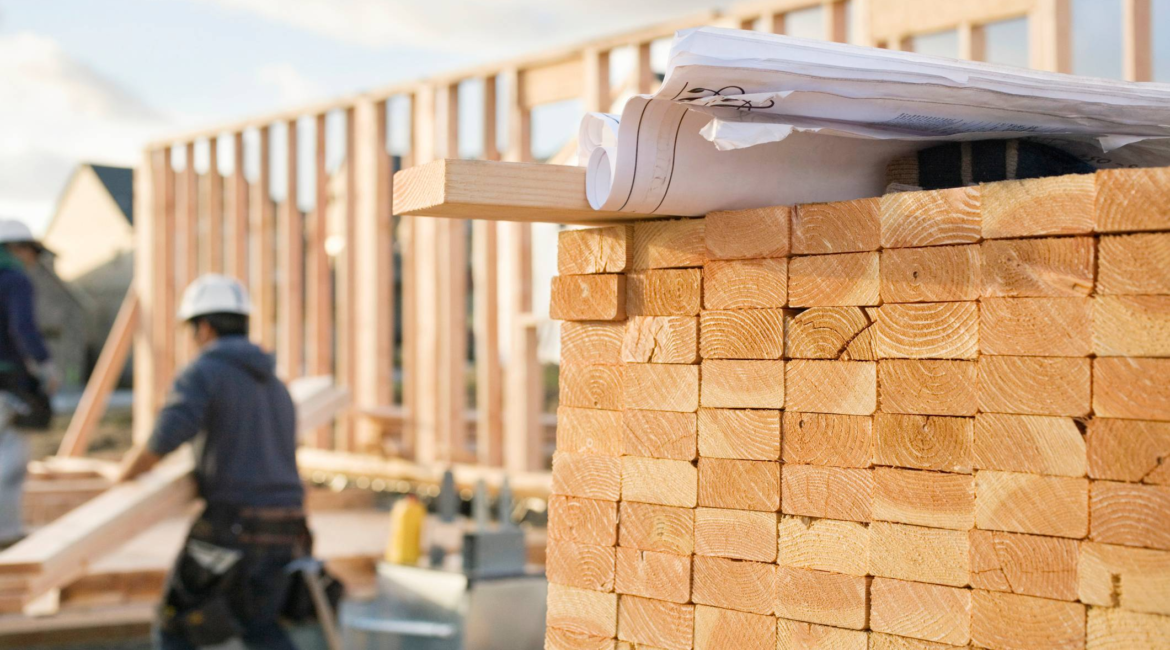If you’ve solicited a bid for a construction project lately, you’ve probably noticed:
- Prices are higher than expected.
- It’s getting harder to lock in good subcontractors and installers.
- Project start dates keep getting pushed back or susceptible to delays.
This isn’t just a Minnesota issue—it’s happening everywhere. And while it’s frustrating, there are real reasons behind it. Understanding what’s driving costs (and why experienced subs are booked solid) helps schools, cities, agencies, and homeowners plan better, budget smarter, and keep projects moving.
What’s Driving Up Costs
1. Materials are unpredictable.
Steel, concrete, roofing, asphalt—prices swing constantly. On top of that, BABAA (Build America Buy America Act) has pushed material costs even higher by requiring domestic sourcing for federally funded projects. While the intent is good—supporting U.S. manufacturing—it limits flexibility and drives up prices when supply is tight. Contractors now build buffers into bids because nobody wants to get burned if costs spike overnight.
2. Labor is more expensive.
Fewer skilled trades are available, so wages keep rising. Prevailing wage rules help ensure fairness, but they also set a higher baseline.
3. Rules and compliance add time.
Welcome to the Land of 10,000 Regulations. Stricter codes, safety standards, and environmental requirements improve quality—but they also mean more paperwork, more inspections, and higher costs.
4. Insurance and risk are pricier.
Premiums and bonding costs keep climbing, and contractors must account for them upfront. These aren’t issues that can be solved later with a change order.
Why Subcontractors Are Harder to Book
Even with bigger budgets, the toughest part for a contractor today is simply finding the right people to do the work.
- Shrinking workforce: Experienced tradespeople are retiring faster than new ones are entering the trades.
- Too much demand: Public projects, private builds, and infrastructure upgrades are all competing at once. Subs are booked months ahead.
- Specialty gaps: Skilled electricians, masons, and concrete finishers are especially tough to secure.
- Loyalty matters: Good subs stick with contractors they trust, making it tough for new players to get on their calendar.
What It Means for Customers
If you’re a school district, city, agency—or even a homeowner—you’re probably seeing:
- Fewer qualified bidders (sometimes only one or two).
- Longer timelines because subcontractors are already tied up.
- Higher prices, since skilled crews can command more.
- The temptation to cut corners—which almost always backfires (for everybody).
What It Means for Contractors
General contractors feel the squeeze too:
- Margins shrink when lump sum bids meet rising costs.
- Schedules slip when the right crews aren’t available.
- Long-term relationships with subs become priceless.
- Preconstruction has higher stakes—estimates must be sharp, planning tight, and communication crystal clear.
Working Smarter in Today’s Market
We can’t control global steel prices or the labor pool, but there are ways to adapt:
- Plan early: Get budgeting, design and bidding moving sooner to reserve subs.
- Budget realistically: Base expectations on today’s market—not last year’s, and definitely not pre-COVID (believe it or not, I’m still asked).
- Value relationships: Contractors with strong sub partnerships can secure the right crews for the job.
- Break projects down: Phasing big jobs makes them more manageable and attractive.
- Be transparent: Clear, upfront communication builds trust with both subs and owners.
The Bottom Line
Construction costs are rising, and skilled subcontractors are harder to find—it’s the new normal. For schools, municipalities, and agencies, that means projects require realistic budgets, more planning, flexibility, and focus on long-term value instead of chasing the lowest bid coupled with high expectations.
The silver lining? With the right contractor—one who has strong sub relationships, communicates clearly, and budgets realistically—projects still get done, and done right.








